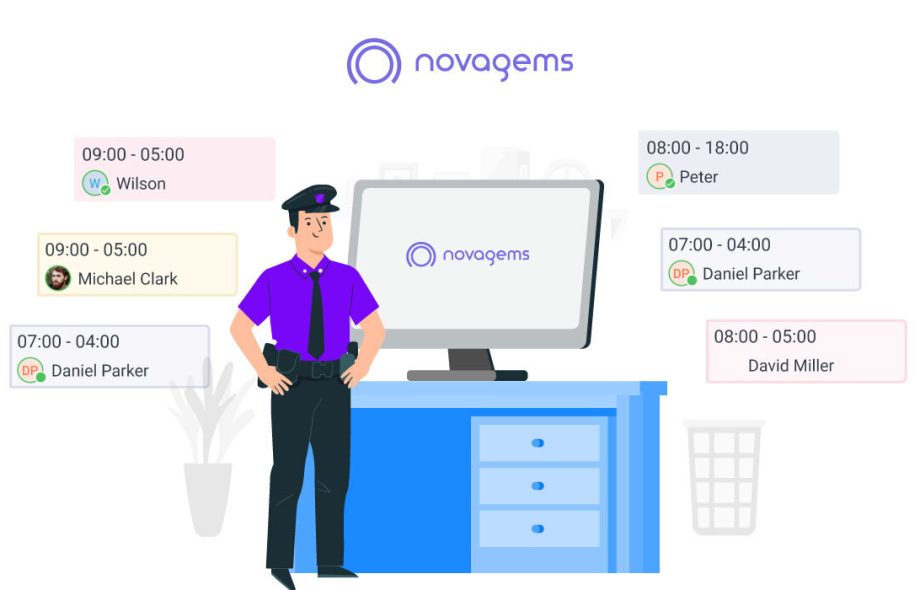In today’s interconnected world, where threats to security are becoming increasingly sophisticated, organizations face the challenge of managing multiple security systems and processes effectively. As companies strive to protect their assets, data, and personnel, the need for a cohesive strategy becomes paramount. An effective solution to streamline security operations is the adoption of all-in-one security management software. This blog will explore the benefits of such software and provide guidance on how to implement it effectively.
Understanding Security Management Software
Security management software refers to a comprehensive tool that integrates various security functions into a single platform. This software typically covers aspects such as:
Access Control: Managing who can enter specific areas of a facility.
Incident Management: Tracking and responding to security incidents in real-time.
Video Surveillance: Monitoring premises through video feeds.
Alarm Management: Receiving and responding to alerts triggered by security systems.
Reporting and Compliance: Generating reports for audits and compliance with regulations.
By consolidating these functions, organizations can enhance their security posture while reducing operational complexities.
Benefits of All-in-One Security Management Software
1. Centralized Control
One of the most significant advantages of all-in-one security management software is that it centralizes control. Instead of juggling multiple systems, security personnel can access everything they need from a single interface. This centralization:
Reduces the time spent switching between different software and systems.
Minimizes the chances of errors that may occur when using multiple platforms.
Facilitates better communication within the security team.
2. Improved Incident Response
With a unified security management platform, organizations can respond to incidents more efficiently. Features such as real-time alerts, automated workflows, and integrated communication tools ensure that security teams can act quickly to mitigate risks. For example, if a security breach occurs, the system can automatically notify the relevant personnel, trigger alarms, and even begin video recording. This immediate response capability is crucial in preserving evidence and minimizing damage.
3. Enhanced Reporting and Analytics
Data is critical in today’s security landscape. All-in-one security management software often includes robust reporting and analytical tools that help organizations gain insights into their security operations. They can:
Track trends over time, identifying potential vulnerabilities.
Generate compliance reports to meet regulatory requirements.
Analyze incident response times to identify areas for improvement.
These insights can significantly enhance decision-making processes and bolster an organization’s overall security strategy.
4. Cost Efficiency
While the initial investment in comprehensive security management software may seem daunting, it can lead to significant cost savings in the long run. By integrating multiple functions into one platform, organizations can:
Reduce licensing fees associated with multiple systems.
Decrease training costs, as staff will only need to be trained on one system.
Lower the overall operational costs related to managing separate software solutions.
5. Scalability
As businesses grow, their security needs may evolve. All-in-one security management software is often designed to be scalable, allowing organizations to add new features or expand functionalities as required. This scalability ensures that businesses do not outgrow their security solutions and can adapt to new challenges efficiently.
Implementing All-in-One Security Management Software
1. Assessing Your Needs
Before selecting a software solution, it’s essential to assess your organization’s specific security requirements. Consider factors such as:
The size of your organization.
The nature of your operations (high-risk vs. low-risk).
Existing security systems and any gaps that need to be addressed.
Engaging with stakeholders across the organization can provide valuable insights into these needs.
2. Choosing the Right Software
Once you have a clear understanding of your security needs, it’s time to choose the right all-in-one security management software. When evaluating options, consider the following criteria:
User Interface and Usability: A user-friendly interface will help your team navigate the system effectively.
Integration Capabilities: Ensure that the software can integrate with your existing systems and third-party applications.
Customization Options: Look for software that allows you to tailor features to fit your organization’s unique requirements.
Support and Training: Consider the availability of customer support and training resources to help your team get up to speed.
3. Training Your Staff
Successful implementation of security management software hinges on staff adoption. Invest time in training your team to ensure they are comfortable using the new system. This training should cover:
Basic navigation and functionality of the software.
Incident response protocols.
Reporting and compliance requirements.
Regular refresher courses can also help keep staff updated on any new features or changes.
4. Monitoring and Evaluating Performance
After implementation, continuously monitor the performance of your security management software. Collect feedback from the users and analyze key metrics, such as incident response times and system uptime. This evaluation can help identify areas for improvement and ensure that your security operations remain effective and efficient.
5. Staying Updated
Finally, keep an eye on updates and advancements in security technology. Cyber threats are constantly evolving, and software vendors frequently release updates to address new vulnerabilities and improve functionality. Regularly updating your system ensures that you have the best tools at your disposal.
Conclusion
Incorporating all-in-one security management software can greatly enhance an organization’s ability to manage and respond to security threats. By consolidating various security functions into a single platform, companies can streamline operations, improve incident response times, and generate valuable insights through reporting and analytics.
By carefully assessing your needs, choosing the right software, investing in training, and continuously monitoring performance, your organization can effectively leverage security management software to create a robust security posture. In a world where security threats are increasingly complex, having a comprehensive solution is not just beneficial—it’s essential.

